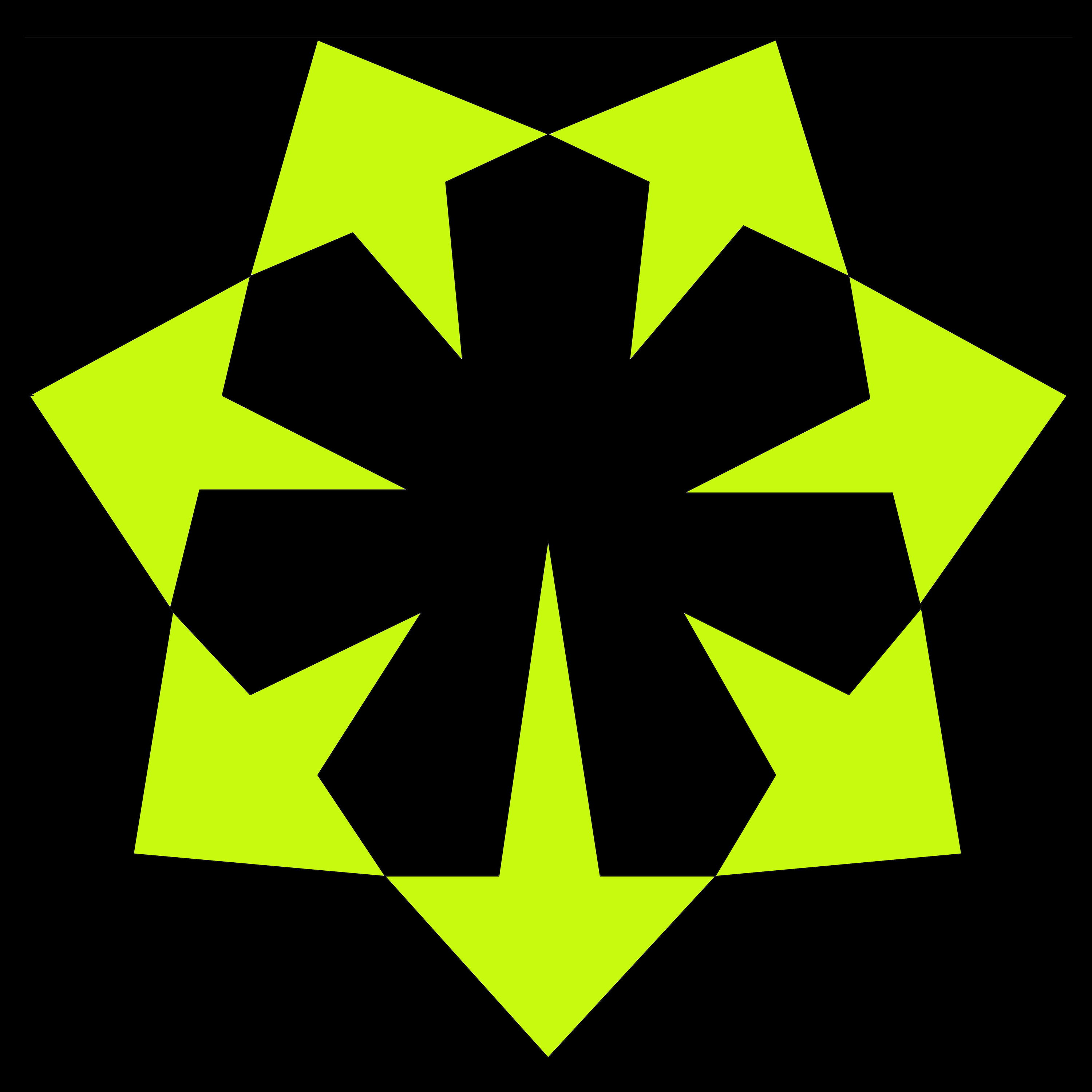Dispatcher has put up a Chiastic analysis of the progression in Halo's levels over at HBO; it's quite an interesting piece, and prompted me to write a response in the form of a slightly modified system of pairings, based on level geometry rather than strictly on the level's position in the plot sequence.
I don't think it was ever a question whether or not the plotline of Halo progressed in such a way as to create deliberate pairings between segments of the story in a way that can be described as chiastic.
I think the real question was whether or not this chiastic structure existed in Halo's design pre-buyout and pre-Xbox or not. Whether or not this structure was a byproduct of a need to re-use level geometry or not, I think it makes sense to describe the chiastic pairs more in terms of re-used geometry than in a strict mathematical progression; I think one will find that thematic pairings follow more easily this way.
For instance, the opening level, Pillar of Autumn, and the last level, The Maw, share a significant amount of geometry. The last level adds areas for the engine room and the the Warthog track that are not present in the first level, but several other areas are shared-- armory, mess hall, bridge, cryo areas. Geographically, the way in which the player progresses through the level is generally reversed in levels that are paired. This is not so obvious in the first pairing, but is very evident in later pairs.
Click "link" below to read the rest of the article.
The second level, Halo, is unique and therefore has no pair.
Truth and Reconciliation shares a setting, if not outright geometry, with the level Keyes. In the first instance, the player begins outside the Covenant ship and must fight his way in to rescue Captain Keyes and then escape, but the bulk of gameplay is spent on the journey in to the ship. In Keyes, the player starts already inside the ship and must fight his way out after getting Keyes' neural lace (although there is a brief sojourn outside the ship and a repeated assault on a gravity lift.
The Silent Cartographer geometry is not repeated, and therefore has no pair.
The most obvious pair in the game is Assault on the Control Room and Two Betrayals. The latter begins where the former ends, in Halo's control room. At the end of AotCR, we leave Cortana there; at the start of TB, we are rescuing her from there. The player's progression across the level's geometry is precisely reversed in TB, even to the point of having to go against the arrows on the floor of many rooms that were the player's guide through AotCR. The level's objective is different, however, but even so, the ledges with the doors that lead to power generators in TB are present in AotCR and may be seen if you steal a banshee sometime early in the latter level.
343GS and The Library are again, unique bits of geometry, and thus have no pair. However, they do represent the turning point n the plot. Where AotCR and 343GS, as levels five and six respectively, may form the pivot of a progression through levels 1 through 10 mathematically, I think that thematically levels 6 and 7 form the true pivot of the story, as we see the Covenant enemies replaced in 343GS with the Flood. (The early part of that level feature fairly light Covenant forces compared with previous levels, and closer to the part where the Flood are discovered, Covenant are completely absent. There are no Covenant units at all in The Library, only Flood spores, combat forms, and carriers.
This system of pairing, while it seems less ordered mathematically, solves some of the thematic problems in a strict, according-to-level-order system of pairings. Myself I find it difficult to find deliberate Chiastic links between levels like Halo and Keyes, Truth and Reconciliation and Two Betrayals, or Silent Cartographer and The Library. The other pairings are either the same (Pillar of Autumn and The Maw) or do work to some degree (343 Guilty Spark and AotCR).
